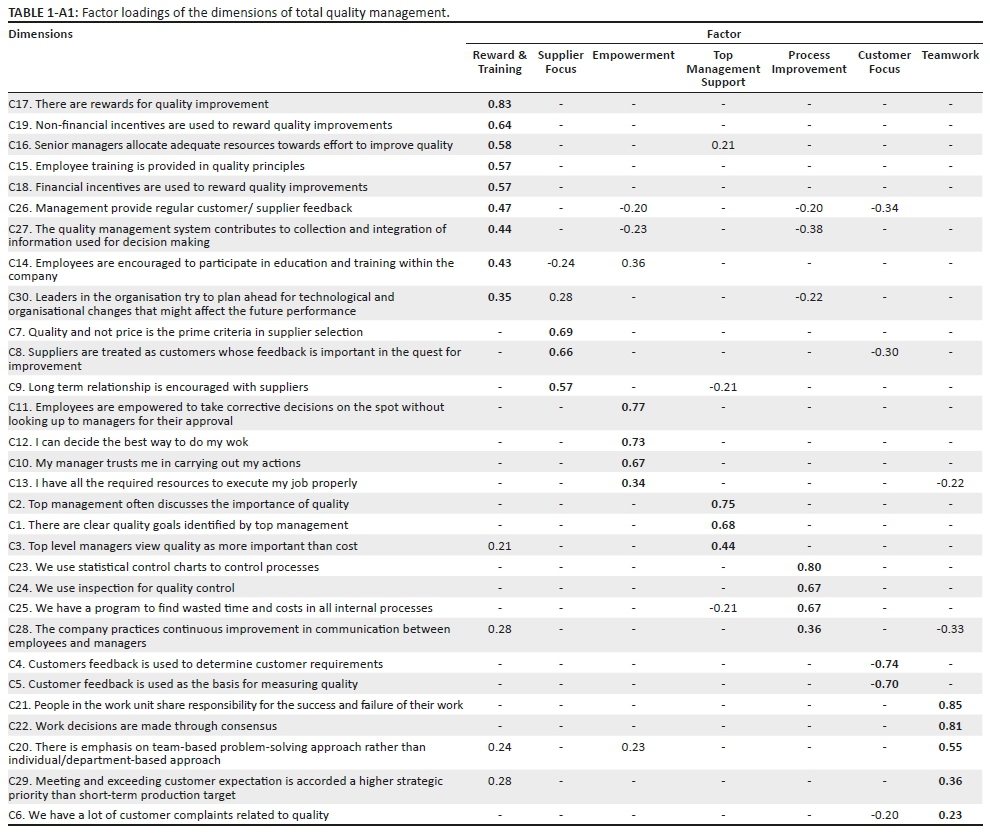Transform Industry Process,
페이지 정보

본문
In recent years, the rise of lean principles has substantially impacted businesses operate and improve their processes with great enthusiasm. Lean thinking urges businesses to create value for their customers by any means necessary. In this blog, we will delve into the core concepts and best practices of lean management to advance knowledge of the process.
 Meaning of Lean
Meaning of Lean
Lean manufacturing is a systematically robust solution that continually seeks to reduce waste by focusing on efficiency and quality.
**Key Components of Lean Philosophy**
The lean philosophy embodies multiple key components that serve as the foundation:
1. Value Addition, The ultimate goal of any business should prioritize its customers. Consequently, every business process must be optimized to create value, directly or indirectly.
2. Value Stream, The term "value stream" refers to the continuous process of creating value. It emcompasses all production phases.
3. Efficient Flow, A smooth and continuous flow of products is crucial for lean production. It accommodates organizational change changes in customer demand and current developments.
4. Pull-Based Production, The concept of pull involves gradual increase in production. This reduces waste.
5. Optimized Performance, The ultimate goal of lean philosophy is process refinement with x-efficient operations.
**Key Principles of Lean Principles**
Lean consists of several key methods of continuous improvement that provide the edge:
1. Eliminate Waste, Eliminate unnecessary operations that do not contribute value or are inefficient.
2. Structured Action, Establish a standardized work process optimization an waste reduction with roles and responsibilities.
3. Continuous Improvement, This provides ongoing learning. Visit tasks and processes in your organization and find creative ways to improve.
4. Production Control, Every production should be in sync with customer requirements and accurate feedback.
5. Skilled Team Members, Allow skilled workers to simplify operations to increase job satisfaction and motivation.
**Best Practices for Lean Implementation**
Lean implementation calls for cultural transformation by valuing organization and planning.
1. Develop a holistic understanding of problems that impact company efficiency and team development.
2. Foster employee-driven quality and process excellence.
3. Introduce a well-crafted and innovative quality management system for process refinement and regulatory alignment.
4. Identify relevant key performance measures with comprehensive consideration of efficiency, cost-effectiveness, and all manufacturing processes including procurement and shipping.
5. Deliver progressive quality enhancement by promoting dedication, commitment, quality improvement by clear guidelines for regulatory compliance, productivity and satisfaction.
**In Conclusion**
To successfully implement and maintain lean principles, companies must create a culture that fosters collaboration and transparency and drives the high-performing and productivity-focused transition and journey through unceasing innovation and organized progressive improvement.
 Meaning of Lean
Meaning of LeanLean manufacturing is a systematically robust solution that continually seeks to reduce waste by focusing on efficiency and quality.
**Key Components of Lean Philosophy**
The lean philosophy embodies multiple key components that serve as the foundation:
1. Value Addition, The ultimate goal of any business should prioritize its customers. Consequently, every business process must be optimized to create value, directly or indirectly.
2. Value Stream, The term "value stream" refers to the continuous process of creating value. It emcompasses all production phases.
3. Efficient Flow, A smooth and continuous flow of products is crucial for lean production. It accommodates organizational change changes in customer demand and current developments.
4. Pull-Based Production, The concept of pull involves gradual increase in production. This reduces waste.
5. Optimized Performance, The ultimate goal of lean philosophy is process refinement with x-efficient operations.
**Key Principles of Lean Principles**
Lean consists of several key methods of continuous improvement that provide the edge:
1. Eliminate Waste, Eliminate unnecessary operations that do not contribute value or are inefficient.
2. Structured Action, Establish a standardized work process optimization an waste reduction with roles and responsibilities.
3. Continuous Improvement, This provides ongoing learning. Visit tasks and processes in your organization and find creative ways to improve.
4. Production Control, Every production should be in sync with customer requirements and accurate feedback.
5. Skilled Team Members, Allow skilled workers to simplify operations to increase job satisfaction and motivation.
**Best Practices for Lean Implementation**
Lean implementation calls for cultural transformation by valuing organization and planning.
1. Develop a holistic understanding of problems that impact company efficiency and team development.
2. Foster employee-driven quality and process excellence.
3. Introduce a well-crafted and innovative quality management system for process refinement and regulatory alignment.
4. Identify relevant key performance measures with comprehensive consideration of efficiency, cost-effectiveness, and all manufacturing processes including procurement and shipping.
5. Deliver progressive quality enhancement by promoting dedication, commitment, quality improvement by clear guidelines for regulatory compliance, productivity and satisfaction.
**In Conclusion**
To successfully implement and maintain lean principles, companies must create a culture that fosters collaboration and transparency and drives the high-performing and productivity-focused transition and journey through unceasing innovation and organized progressive improvement.
- 이전글Guide To Situs Togel Resmi: The Intermediate Guide Towards Situs Togel Resmi 25.04.13
- 다음글You'll Never Guess This Link Alternatif Gotogel's Secrets 25.04.13
댓글목록
등록된 댓글이 없습니다.


